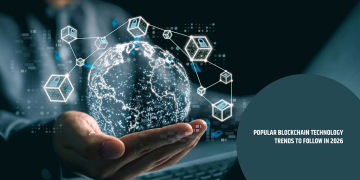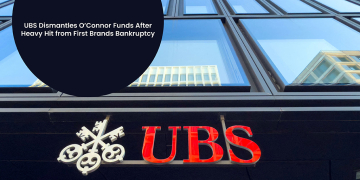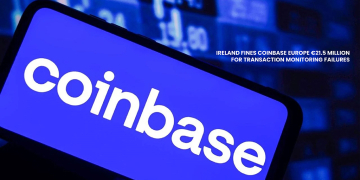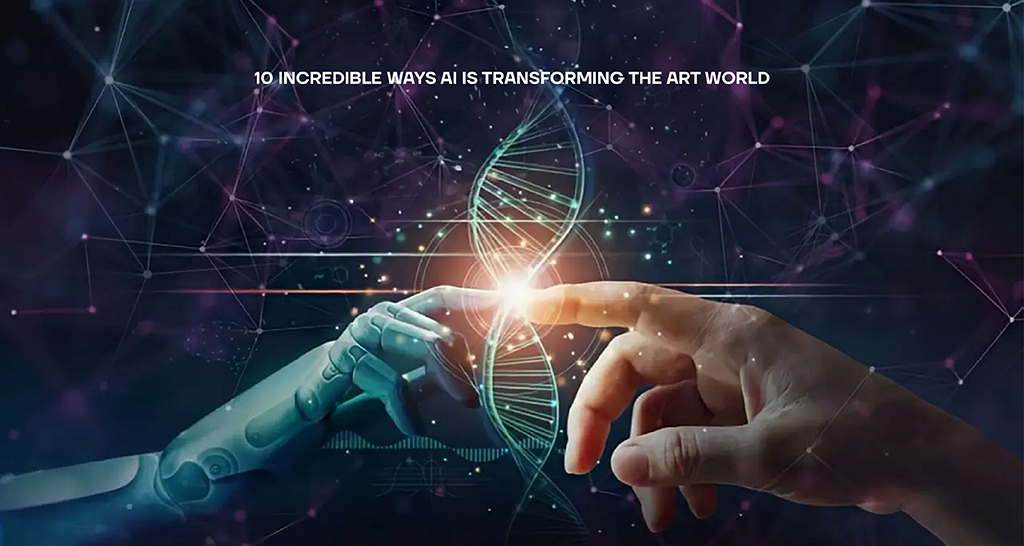Artificial Intelligence (AI) is transforming various sectors, including the art industry. It is not only generating innovative art forms but also altering the methods by which we curate and engage with exhibitions, thereby redefining the limits of artistic expression. Below are ten remarkable ways in which AI is influencing this field.
Generative Art Creation
Artificial intelligence-driven platforms such as DALL·E and Midjourney enable artists to create distinctive visuals based on textual prompts. These technologies are trained on extensive datasets and can generate remarkable, surreal, or hyper-realistic artworks that question conventional ideas of creativity.
Art Restoration
Artificial Intelligence is facilitating the restoration of damaged or incomplete artworks. Advanced algorithms can analyze brushstrokes, colors, and styles to accurately reconstruct missing sections of a painting, thereby preserving cultural heritage in ways that were previously unattainable.
Style Transfer and Remixing
Utilizing neural networks, artists can merge the artistic styles of renowned masters such as Van Gogh and Picasso with modern imagery. This method, referred to as style transfer, paves the way for innovative hybrid visual narratives.
Curating Exhibitions
Museums and galleries are employing artificial intelligence to curate exhibitions by examining visitor data, preferences, and trends, thereby enhancing engagement and personalizing experiences.
Art Authentication
Artificial Intelligence is assisting in the identification of forgeries by examining minute details in brushwork, pigment, and composition that may be overlooked by the human eye. This enhances the credibility and integrity of the art market.
Interactive Installations
Artificial Intelligence facilitates interactive and adaptive installations that allow viewers to impact the artwork in real time. These immersive experiences frequently integrate sound, motion, and visuals to enhance engagement.
Accessibility and Inclusivity
Artificial intelligence-based tools have the capability to convert visual artwork into audio descriptions for individuals with visual impairments or to produce sign-language interpretations, thereby enhancing the accessibility of art for a wider range of audiences.
Market Analysis and Pricing
Artificial intelligence algorithms evaluate market trends, artist credibility, and past pricing to assist collectors, dealers, and investors in making well-informed decisions, thereby enhancing the efficiency of art sales and auctions.
Music and Performance Arts
In addition to visual arts, artificial intelligence is now involved in composing music, choreographing dance routines, and generating poetry, thereby broadening the definition of art and the individuals capable of creating it.
Democratizing Art Creation
Artificial intelligence tools are reducing entry barriers, enabling individuals, including those lacking formal training, to explore and produce high-quality art, thereby promoting a more inclusive creative environment.
As artificial intelligence progresses, it compels both artists and audiences to reconsider the concepts of creativity and authorship in the contemporary digital era.






